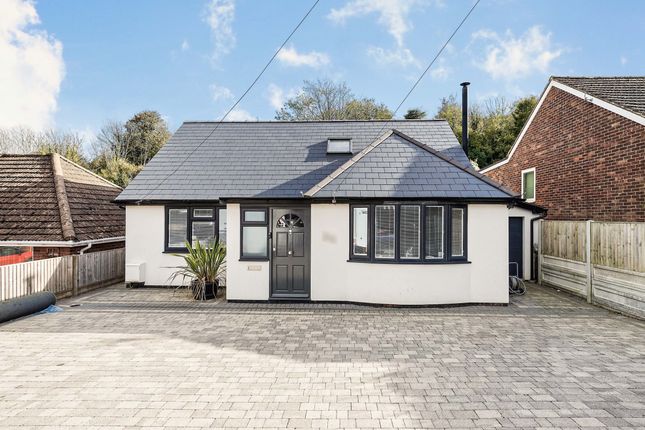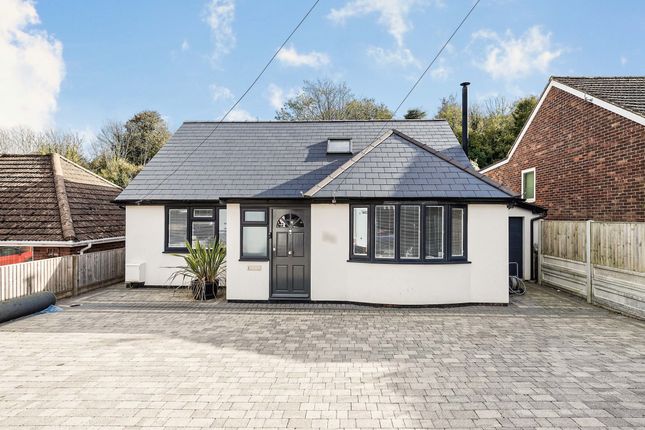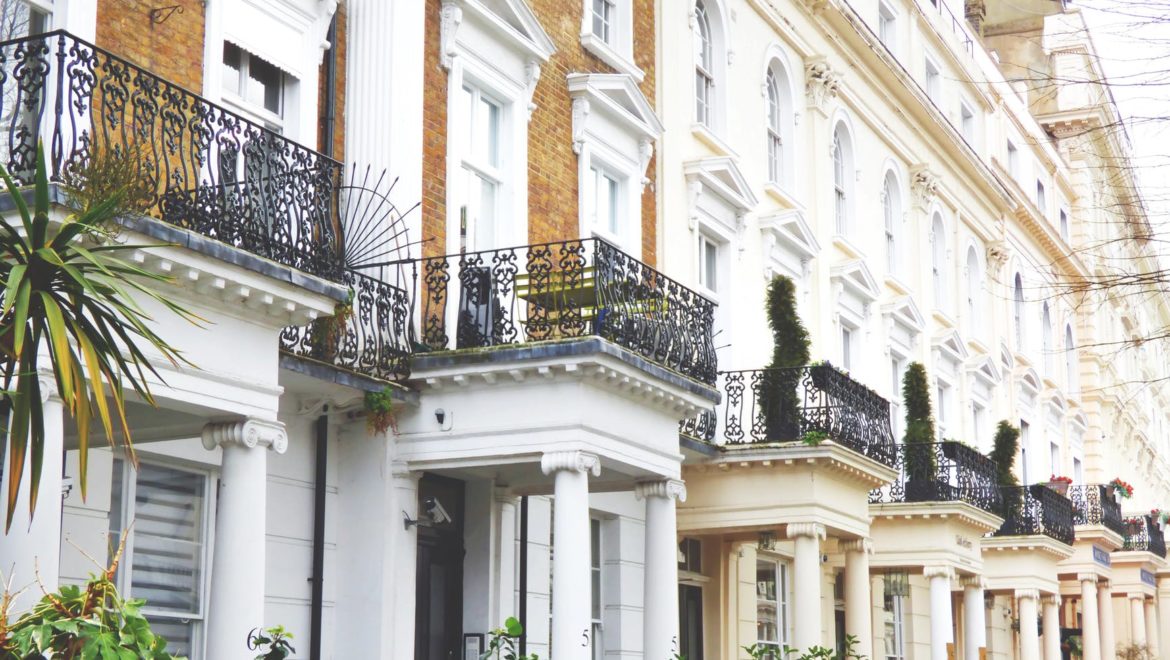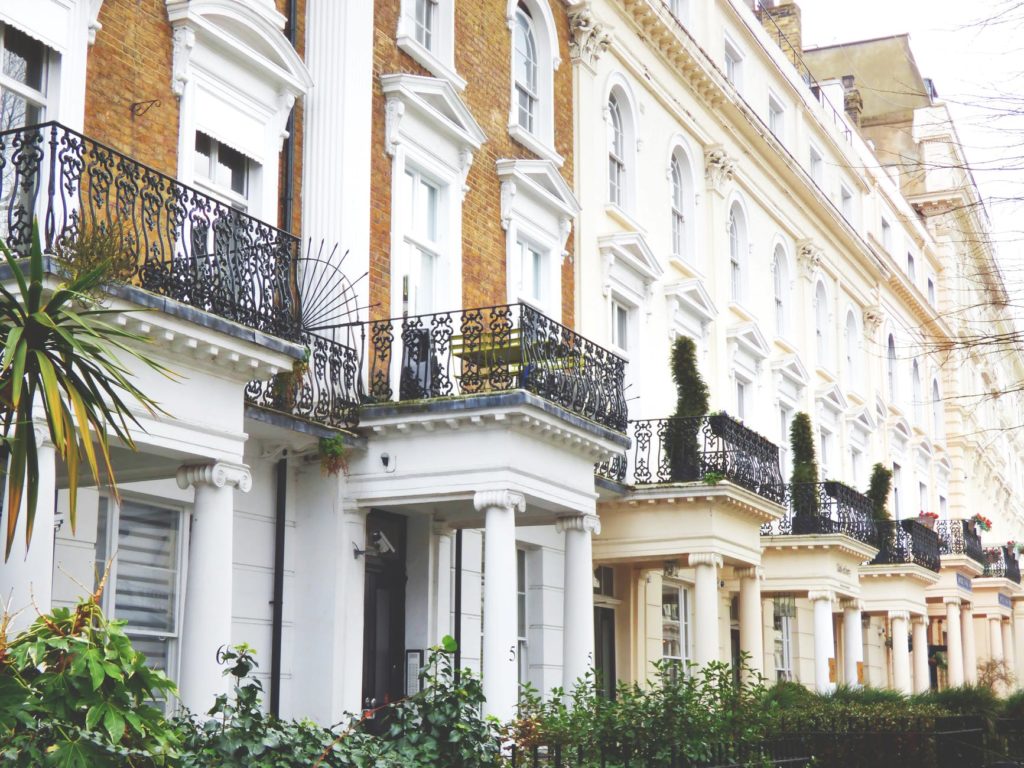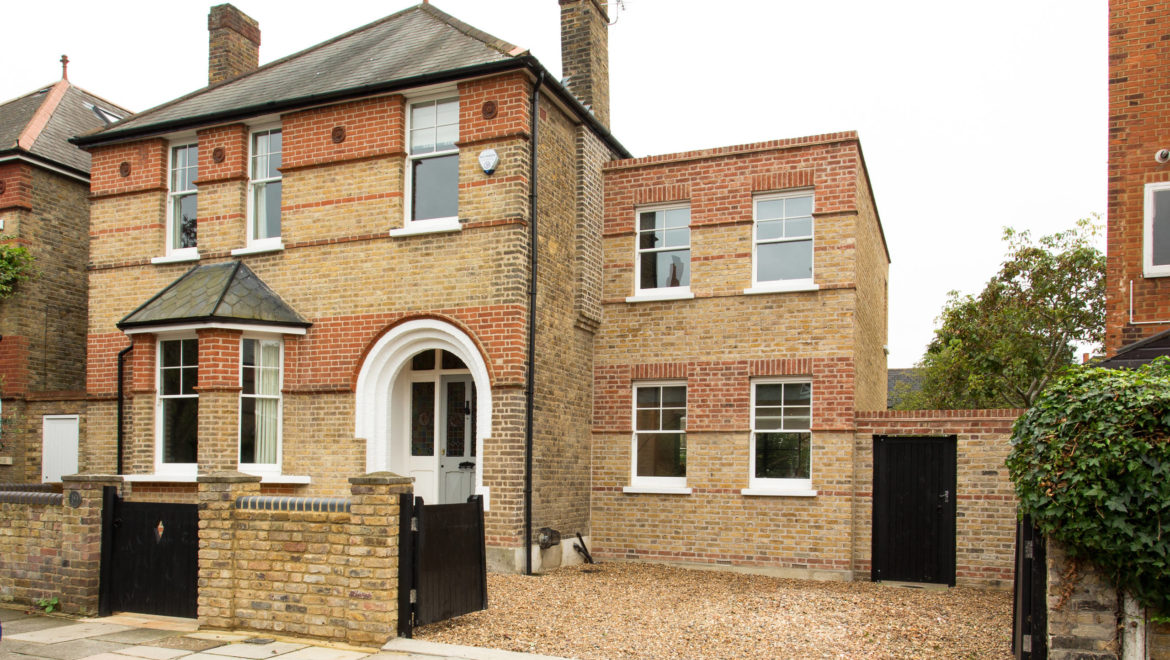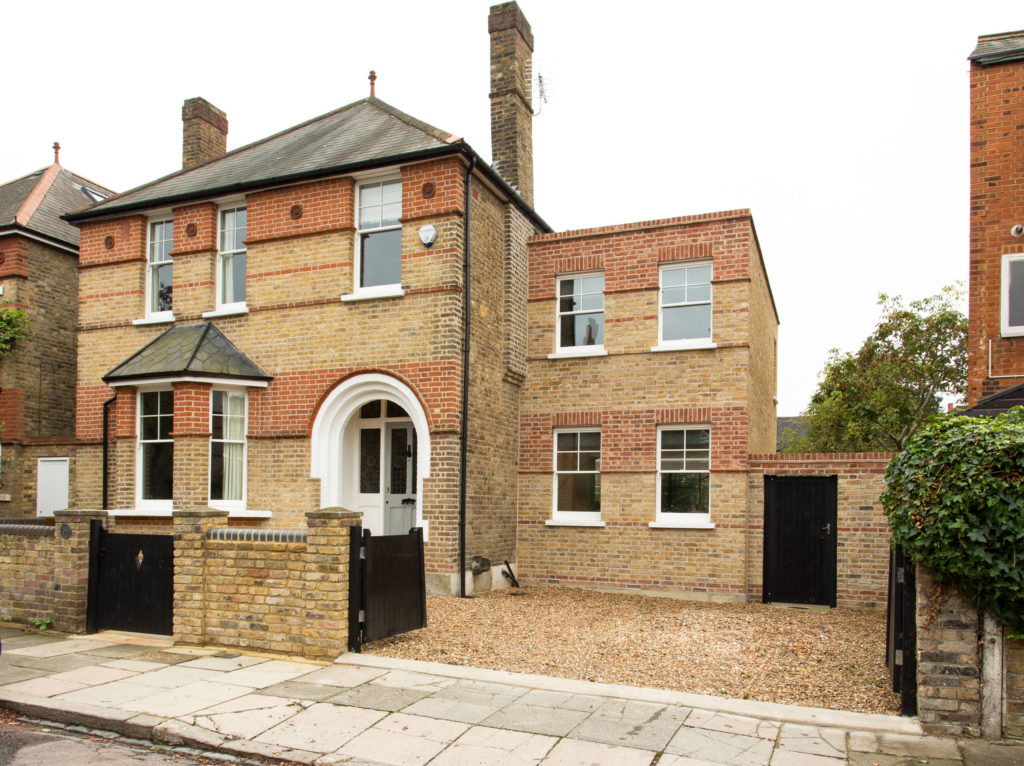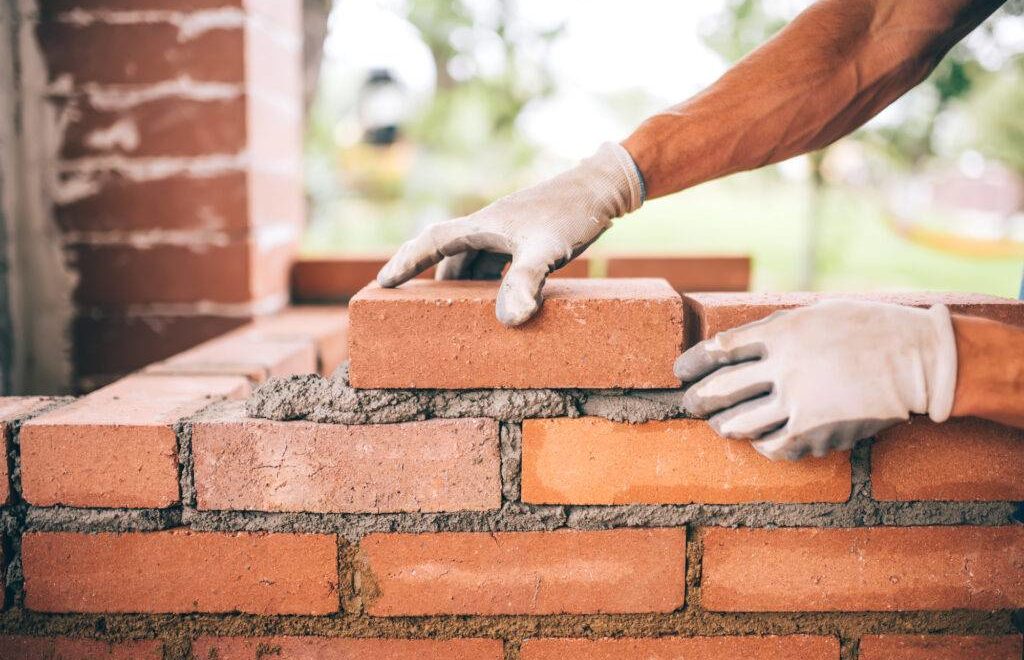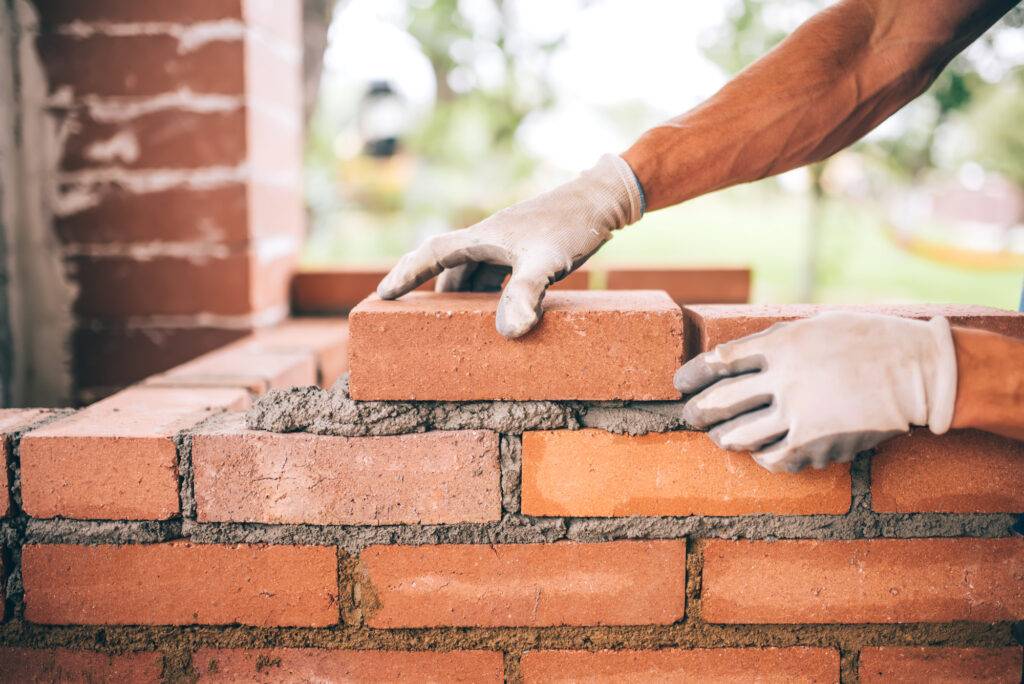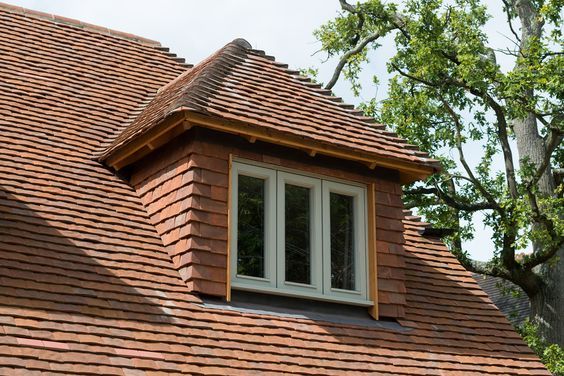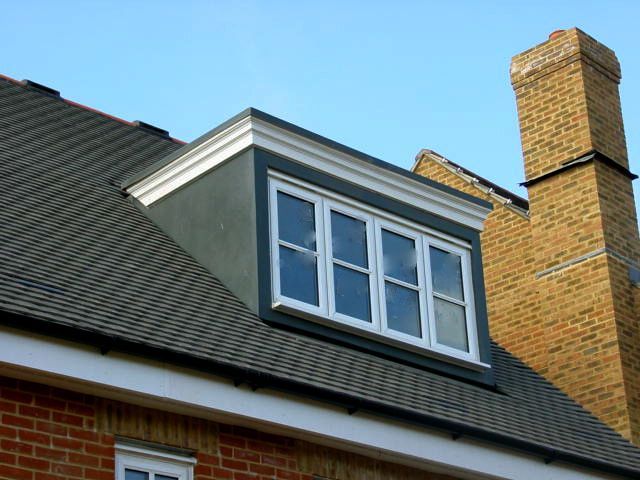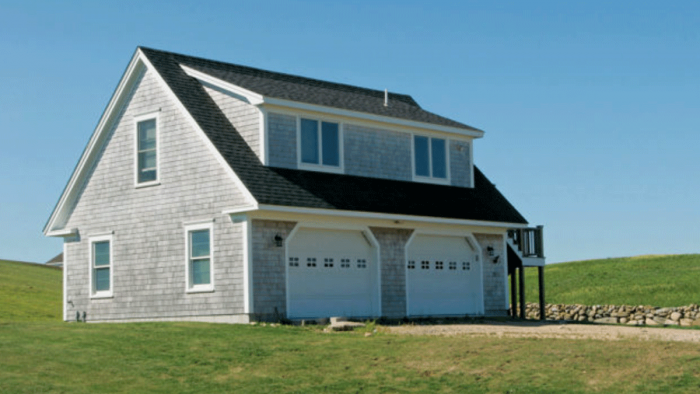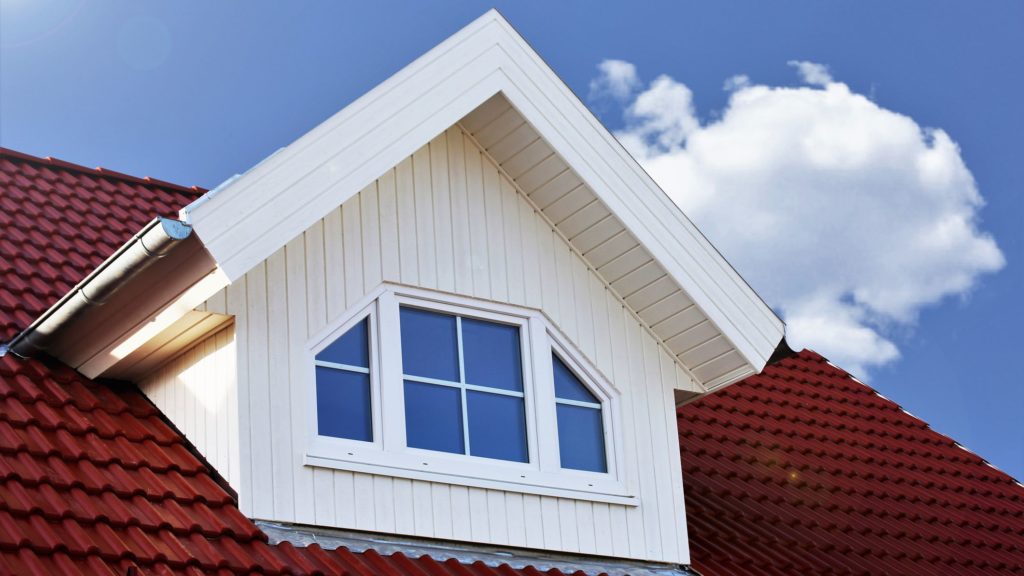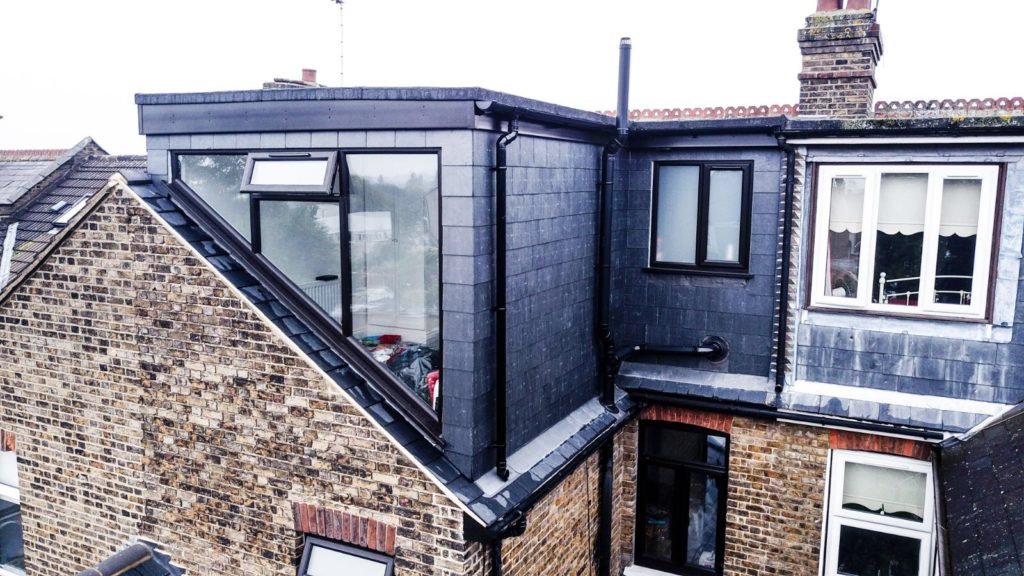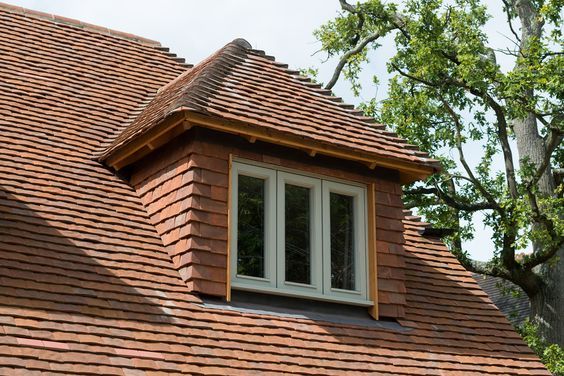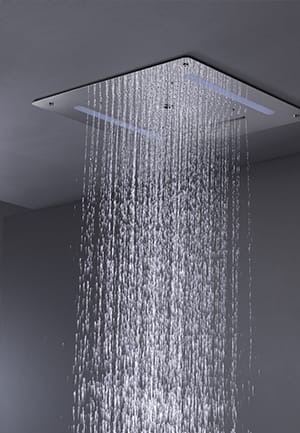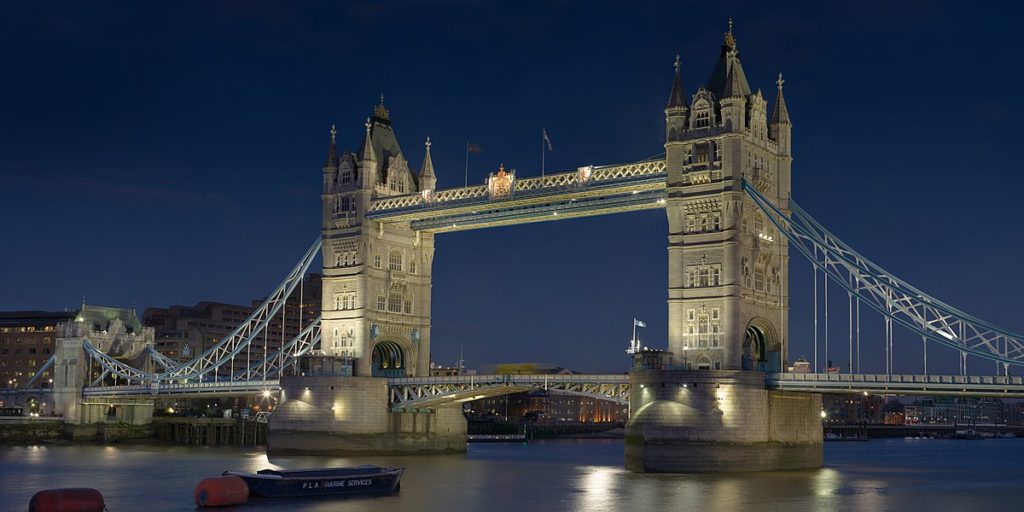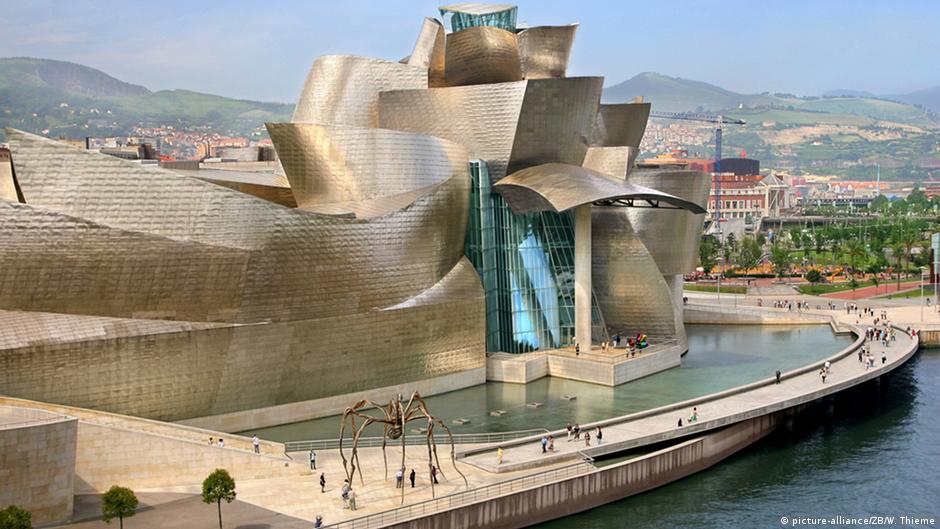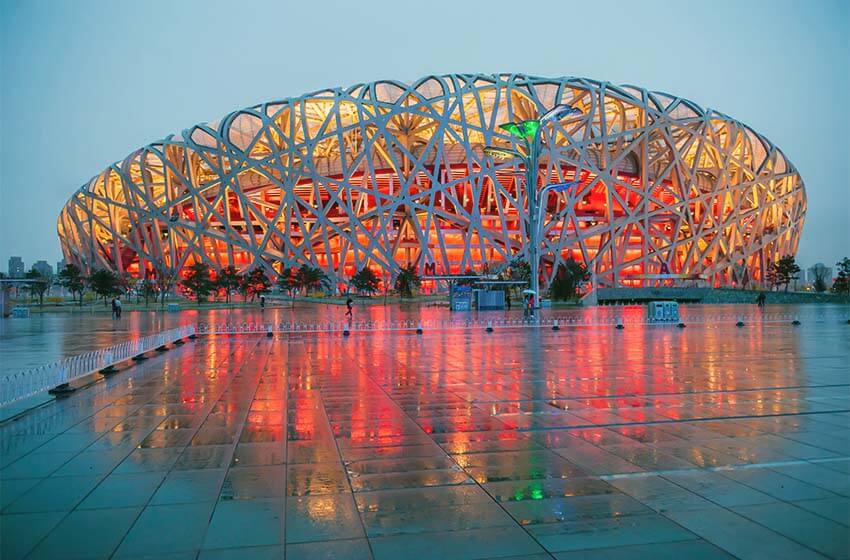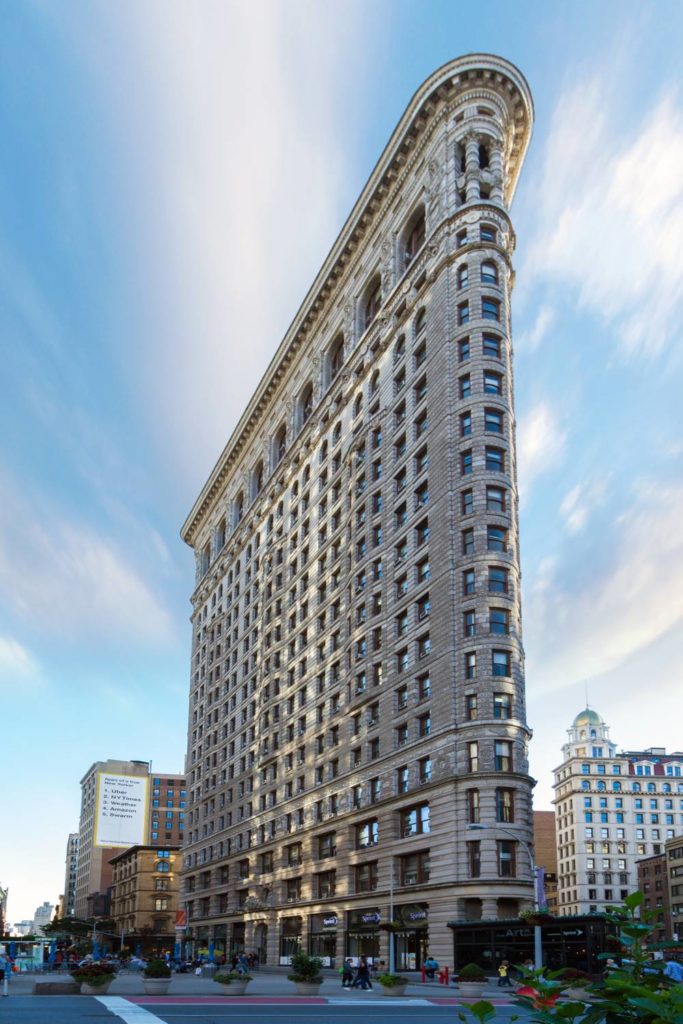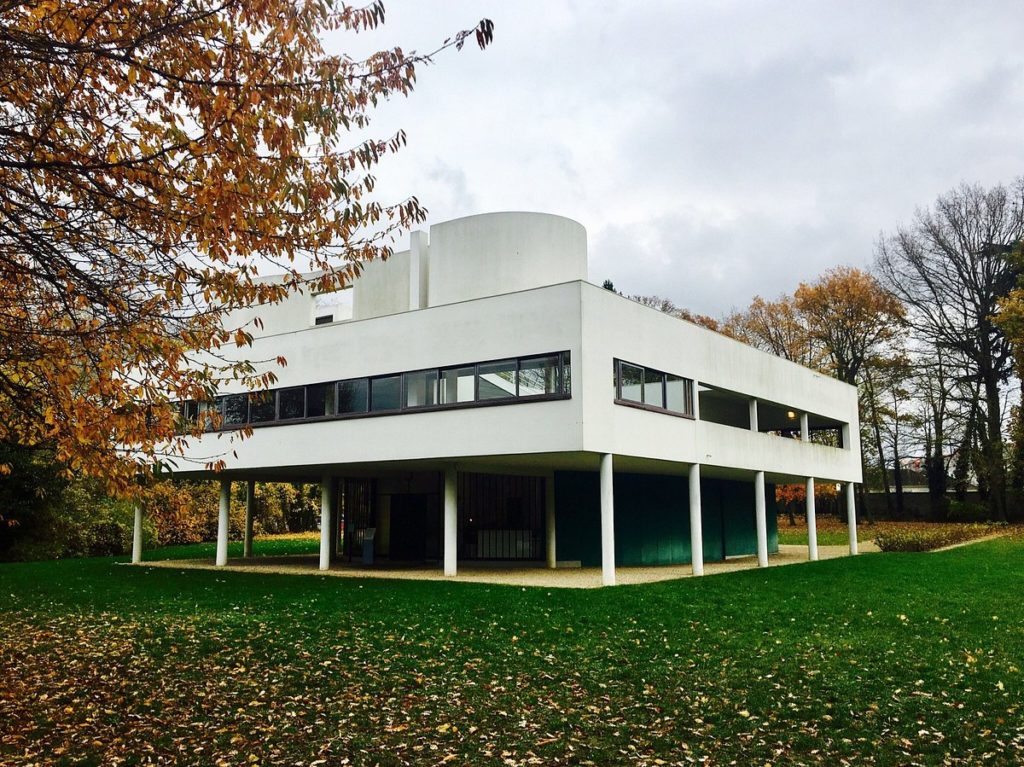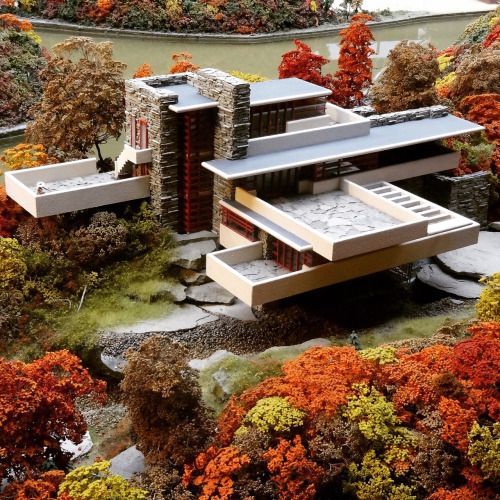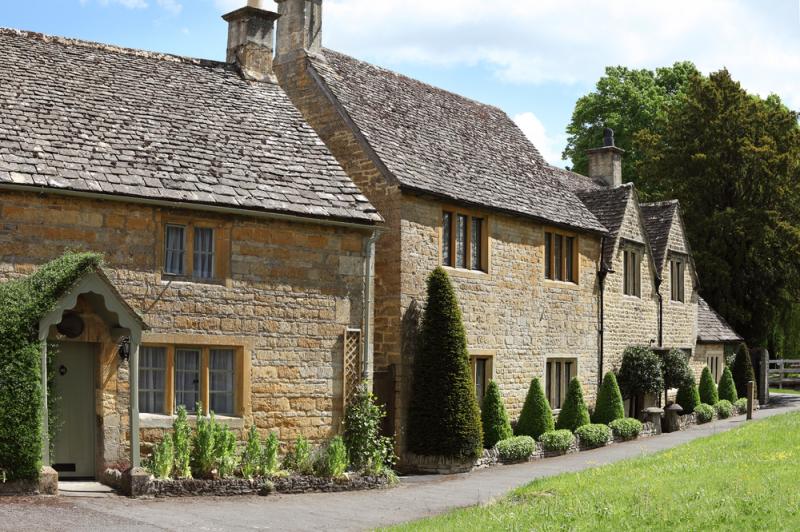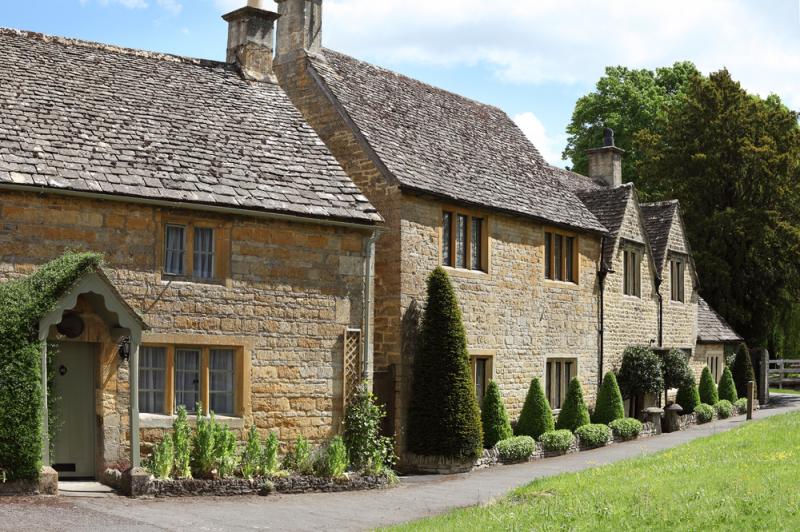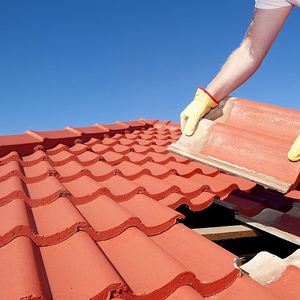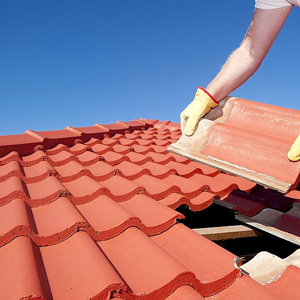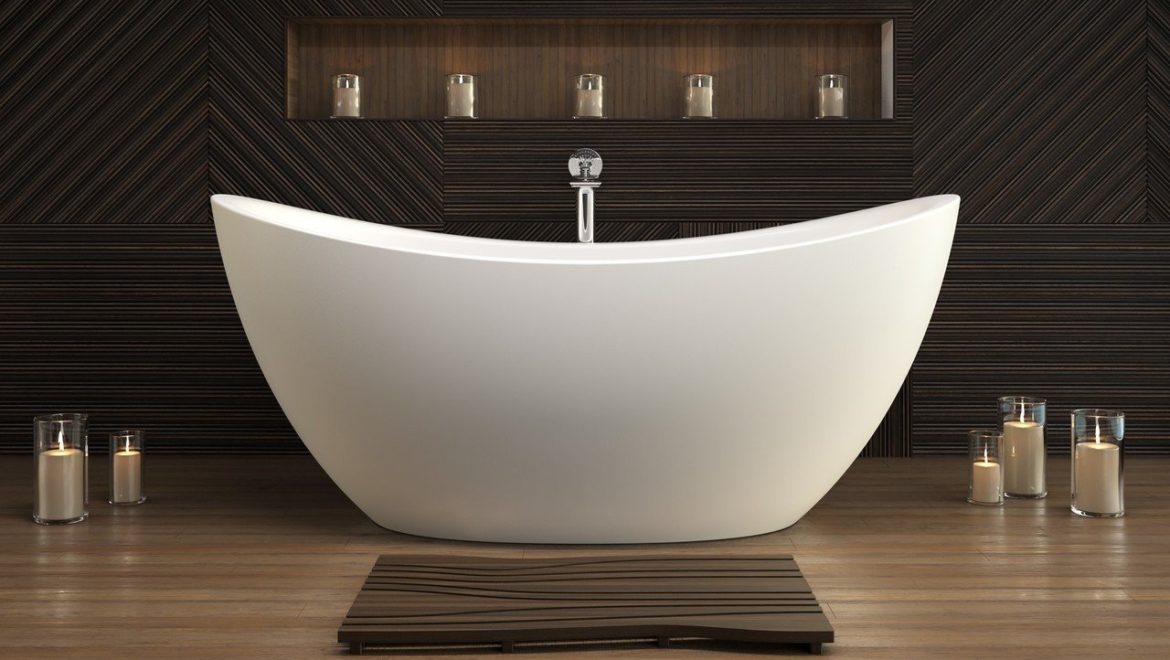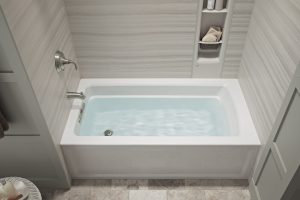All there is to know before moving into a bungalow
What is a bungalow?
A bungalow is a one-storey house, cottage, or cabin. Bungalows are usually small in terms of square footage, but it’s not uncommon to see large bungalows. They were originally designed to provide affordable, modern housing.
Characteristics of a bungalow –
Bungalows are great homes for people with disabilities and the elderly because they are small and easy to maintain. Because there is only one storey, they tend to be more cost-effective compared to a typical home. The gas and the electric costs would end up being lower because it is a smaller property.
Because bungalows are single storey homes and it is known that either elderly or the disabled usually live in them, the property can fall victim to break-ins. Therefore, it is a good idea to invest in some security cameras for your home.
Advantages and disadvantages –
Advantages –
There are many benefits to living in a bungalow and they include:
- The potential for garden access from bedrooms
- Bright, airy, open plan layout
- A good connection with the outdoors
- No stairs to factor in the layout
- Can have vaulted ceilings and skylights in the main living areas.
- Can offer more privacy
Disadvantages –
- Not enough room separation. Since all of the rooms are located on the same floor, creating separation between living spaces and bedrooms can be difficult.
- Lack of security
- Size can be an issue.
How much do bungalows cost in the Uk?
The cost of building a bungalow in the UK depends on the size and complexity of the structure. In total, the average cost of building a bungalow can range anywhere between £181,000 and £552,000. This is because the cost of a bungalow is influenced by land costs and the size of the plot.
How long does it to build a bungalow?
The time it takes to build all depends on the size of the house and the specifications of the design. But on average it should take between 4 and 5 ½ months to build a bungalow. However, this time could extend it any complications occur.
